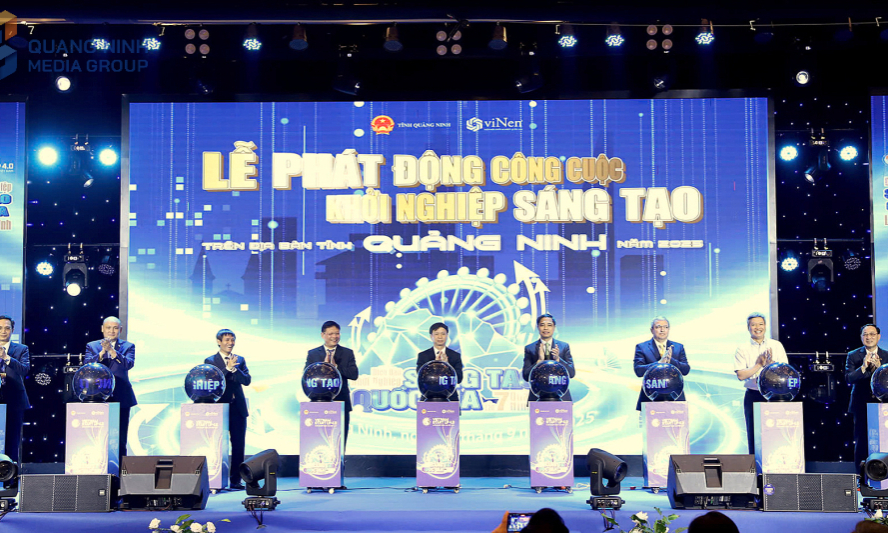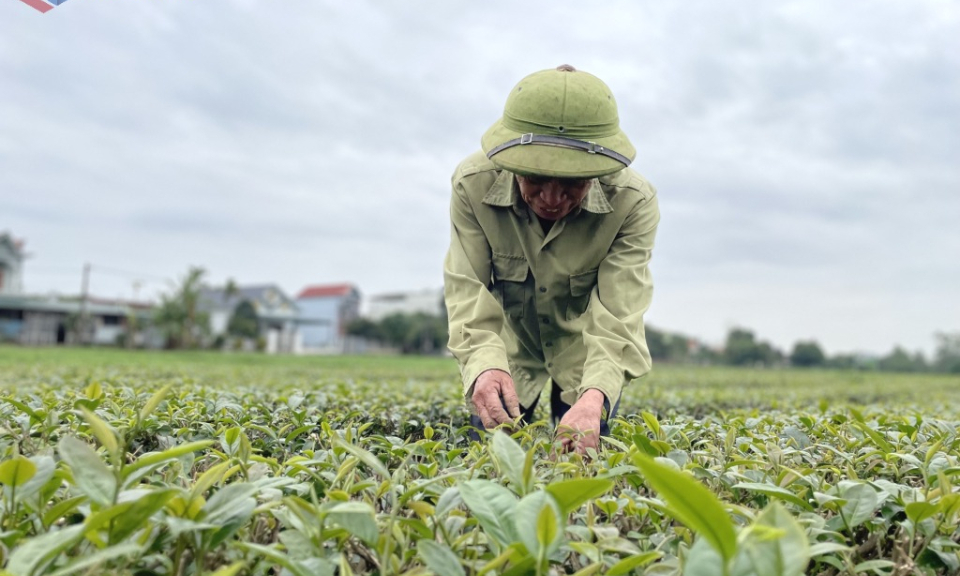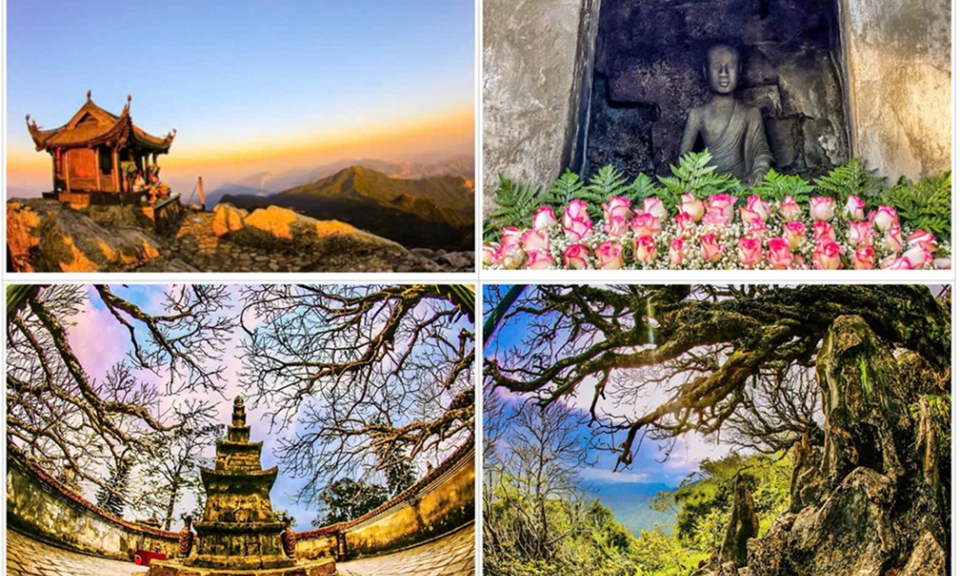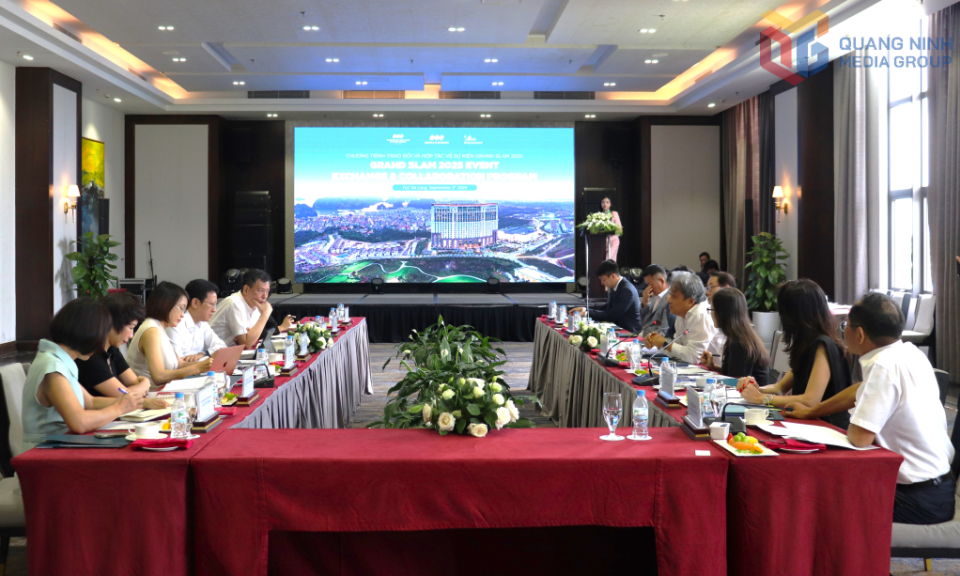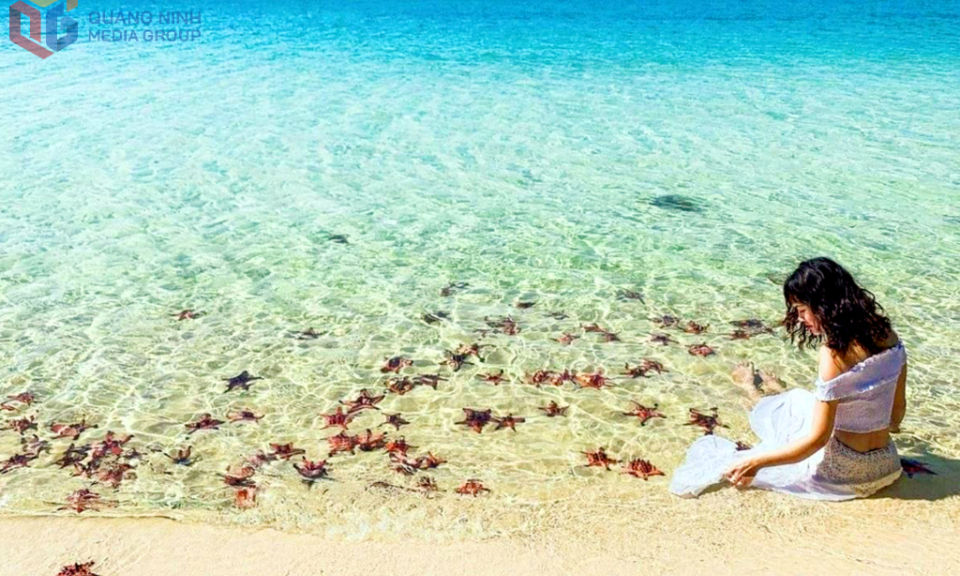The distinct charm of Bai Tu Long Bay
Lying next to the world-famous Ha Long Bay, Bai Tu Long Bay is quietly emerging as a destination in its own right. With growing investment and fresh tourism products, it is being shaped as a place of unique, memorable, and distinctive experiences.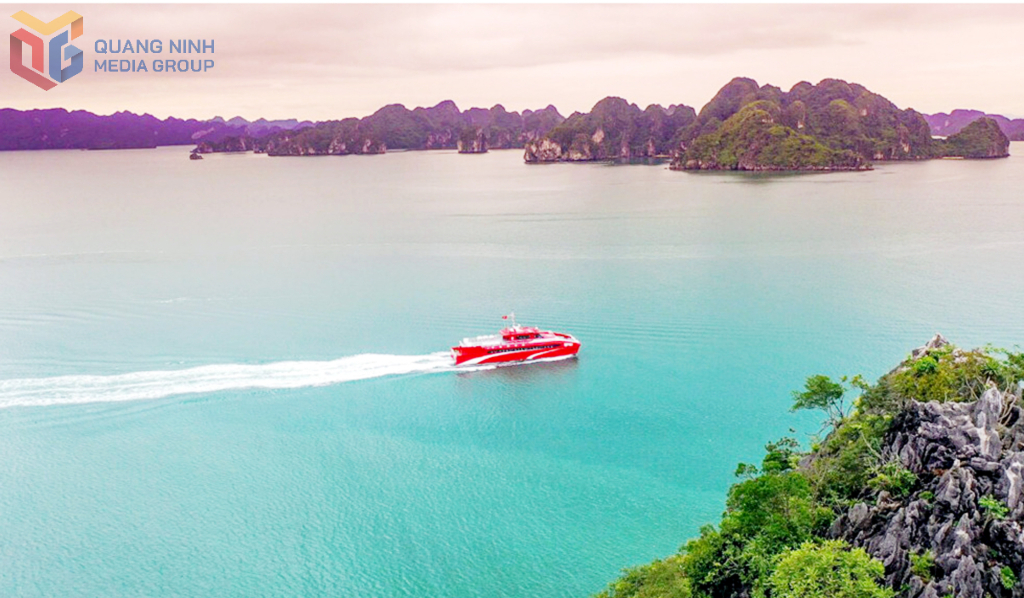
Located in the northeast of Quang Ninh province, Bai Tu Long Bay is dotted with hundreds of islands, large and small. Unlike the bustle of Ha Long, this bay preserves a sense of pristine beauty, still untouched by urbanization. Often described as a “hidden gem,” it offers more than 600 majestic islands, mysterious caves, traditional fishing villages, diverse coral and mangrove ecosystems, and unspoiled beaches.
A centerpiece of the bay is Bai Tu Long National Park, recognized as the 38th ASEAN Heritage Park. It is home to over 2,200 species, many of them rare, as well as unique coral reefs, mangroves, and karst wetland ecosystems. Beyond its natural wonders, the bay also safeguards important cultural and historical heritage, making it a promising “paradise of leisure and discovery.”
Infrastructure has been steadily improving, with modern highways, seaports, and Van Don International Airport providing easy access. The accommodation network is also expanding, featuring major resorts such as Wyndham Sonasea Van Don and Angsana Quan Lan, with the Ao Tien complex, offering more than 1,000 rooms, soon to follow. Thanks to its natural landscapes, Bai Tu Long is well-suited for year-round activities, from sightseeing and swimming to kayaking, paragliding, sport fishing, and eco-adventures.
Quang Ninh has recently introduced 10 new cruise itineraries within Bai Tu Long Bay and three routes linking it with Ha Long. Tourism businesses have also begun offering new experiences: from overnight cruises and island-hopping tours to performances and dining in coastal caves, as well as sightseeing services like double-decker buses and café buses.

These steps reflect a more strategic approach to unlocking Bai Tu Long’s potential, creating diverse tourism chains, engaging local communities, and gradually building a distinct tourism identity.
Experts and businesses stress that growth should go hand in hand with conservation, with tourism experiences tied to local life so that communities themselves become an integral part of the journey.
Bai Tu Long, they note, should be positioned not as “another Ha Long,” but as a destination for travelers seeking nature, eco-adventures, and cultural immersion. With the right strategy such as overnight expeditions, outdoor recreation, and marine eco-experiences; it could stand out strongly in the international market and attract a new wave of visitors.
According to Vice Chairwoman of the Quang Ninh People’s Committee Nguyen Thi Hanh, the province has given priprity to the development of seamless infrastructure connecting Bai Tu Long with Ha Long and the surrounding islands, diversify both onshore and offshore products, and create dedicated zones for high-spending travelers, while protecting the environment and promoting world-class resorts.
Bai Tu Long is not merely a “buffer zone” to Ha Long Bay. With its unspoiled beauty, rich ecosystems, and cultural heritage, it has all the makings of a premier destination. Though still in its early stages, with the right focus on uniqueness and sustainability, Bai Tu Long Bay is set to become one of Vietnam’s most promising jewels.

